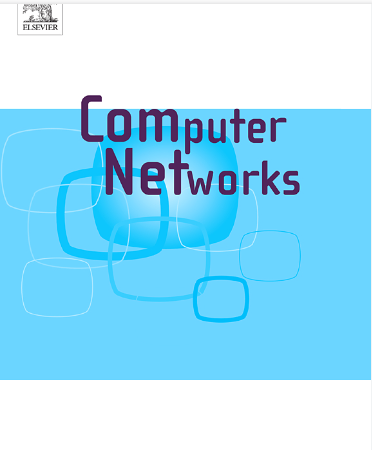BeamSense: Rethinking Wireless Sensing with MU-MIMO Wi-Fi Beamforming Feedback
IF 4.4
2区 计算机科学
Q1 COMPUTER SCIENCE, HARDWARE & ARCHITECTURE
引用次数: 0
Abstract
In this paper, we propose BeamSense, a completely novel approach to implement standard-compliant Wi-Fi sensing applications. Existing work leverages the manual extraction of the uncompressed channel state information (CSI) from Wi-Fi chips, which is not supported by the 802.11 standards and hence requires the usage of specialized equipment. On the contrary, BeamSense leverages the standard-compliant compressed beamforming feedback information (BFI) (beamforming feedback angles (BFAs)) to characterize the propagation environment. Conversely from the uncompressed CSI, the compressed BFAs (i) can be recorded without any firmware modification, and (ii) simultaneously captures the channels between the access point and all the stations, thus providing much better sensitivity. BeamSense features a novel cross-domain few-shot learning (FSL) algorithm for human activity recognition to handle unseen environments and subjects with a few additional data samples. We evaluate BeamSense through an extensive data collection campaign with three subjects performing twenty different activities in three different environments. We show that our BFAs-based approach achieves about 10% more accuracy when compared to CSI-based prior work, while our FSL strategy improves accuracy by up to 30% when compared with state-of-the-art cross-domain algorithms. Additionally, to demonstrate its versatility, we apply BeamSense to another smart home application – gesture recognition – achieving over 98% accuracy across various orientations and subjects. We share the collected datasets and BeamSense implementation code for reproducibility – https://github.com/kfoysalhaque/BeamSense.
求助全文
约1分钟内获得全文
求助全文
来源期刊

Computer Networks
工程技术-电信学
CiteScore
10.80
自引率
3.60%
发文量
434
审稿时长
8.6 months
期刊介绍:
Computer Networks is an international, archival journal providing a publication vehicle for complete coverage of all topics of interest to those involved in the computer communications networking area. The audience includes researchers, managers and operators of networks as well as designers and implementors. The Editorial Board will consider any material for publication that is of interest to those groups.
 求助内容:
求助内容: 应助结果提醒方式:
应助结果提醒方式:


